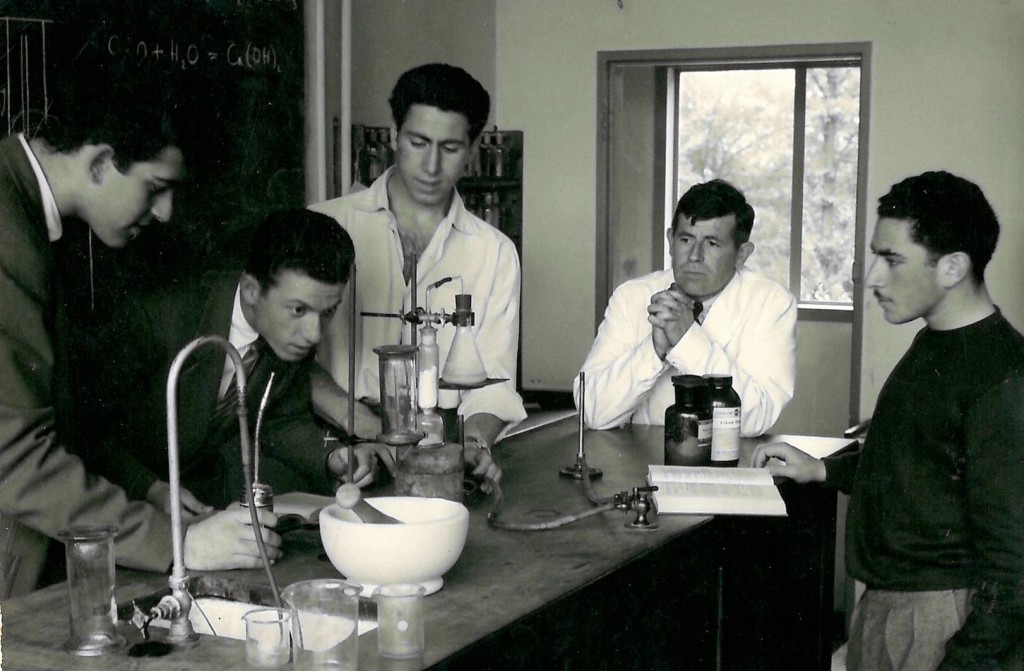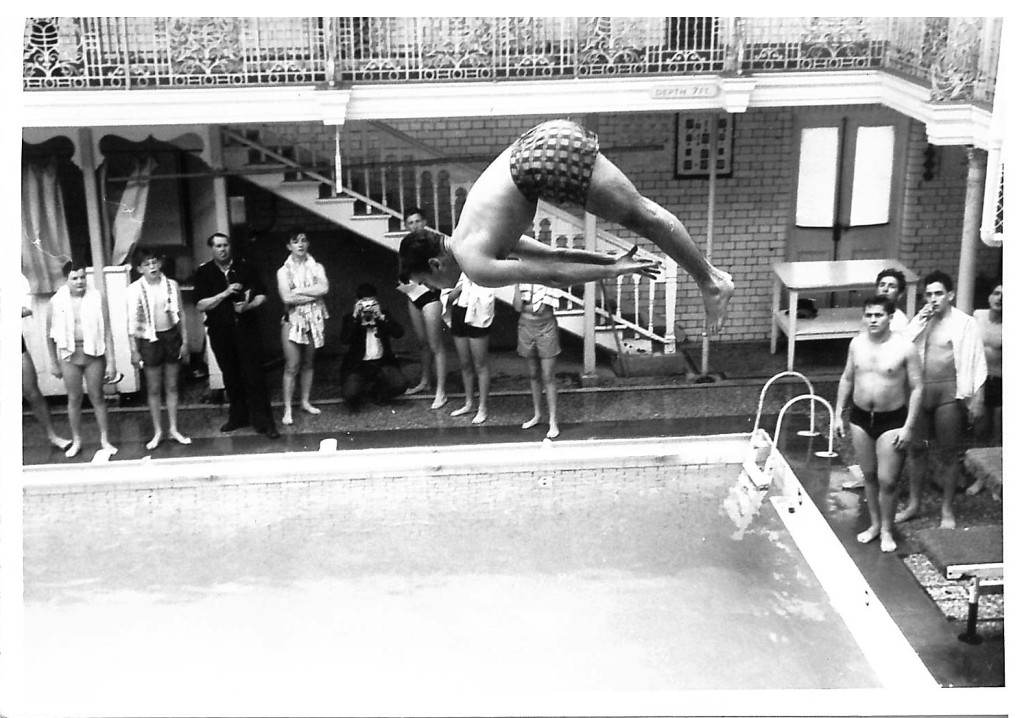This week we take a break from lockdown November to look at pageant plays, a popular way of celebrating local and national anniversaries in the early years of the twentieth century.
Featuring scenes from English history associated, however loosely, with a city, town or village, pageant plays took place in the open air, the audiences accommodated in specially built grandstands. Casts could run to thousands and with many others involved in making props and costumes or selling tickets, pageant organisers aimed to involve as wide a range of people as they saw possible, in a joint endeavour to celebrate local identity.
The Cope Collection contains a number of examples of pageant plays ranging from the days of “pageant fever” early in the century to lower key mid-century productions. Both Romsey and Winchester staged notable pageants in the Edwardian period. Romsey’s, held at Broadlands in June 1907, marked a thousand years since the founding of its Abbey in 907, the proceeds fittingly going to the Romsey Abbey Restoration Fund. With around 1,200 performers, and many residents recruited to support the performances, it was estimated that a third of the inhabitants were involved. Almost 7,000 people travelled to Romsey to see the play, which featured scenes from the history of the Abbey and the town.
A year later F.R. Benson, who had been the pageant master at Romsey, was engaged to stage an even grander pageant play at Winchester’s Wolvesey Castle, this being characterised as a “national pageant” drawing as it did on Winchester’s significance in national history. The play featured nine episodes, beginning with King Alfred and ending with Charles II. Around 2,250 people were involved in the pageant and on the first day alone, 8,000 spectators arrived, causing a dangerous crush near the ticket office. Proceeds from the performances went to the Cathedral Restoration Fund.
As the central feature of an anniversary celebration, pageant plays were often linked to lectures, sermons and exhibitions, all of which helped to generate funds for the chosen cause. Souvenirs were also produced, including the books of words and music of the plays, Romsey’s selling out by the second day. Winchester’s pageant also saw a souvenir booklet produced after the event which included photographs of the performances.
Pageants continued to be popular in the inter-war years, with three being staged in Southampton. John Alden’s Choice, a pageant play written by Myra Lovett, was the focus of the town’s celebrations of the 300th anniversary of the sailing of the Mayflower in 1920. It took place at West Quay and was unusual in that its scenes were of episodes of American history.
A 1929 Pageant of Hampton, intended to raise funds for local churches, featured the history of Southampton but with a more modern treatment, employing humour and in some scenes, music and mime rather than dialogue. With the same director, Charles Thursby and writer, F.E. Stevens, the 1935 Pageant to mark the Silver Jubilee of George V built on this, having a narrator and employing impressionistic dance, but containing no dialogue. In another local first, it was performed under floodlights on the Common.
As well as the large-scale productions, pageants were also popular with local groups. A pageant play written by the Rev. J.E. Kelsall and performed by members of the Milton Women’s Institute at Chewton Glen in June 1920 featured events in national history connected with the New Forest, such as the killing of William Rufus. So impressed were members of the Brockenhurst W.I., that they obtained permission to stage the pageant themselves a year later, with the addition of some episodes related to Brockenhurst.
With alternative sources of entertainment more widely available after World War II, interest in pageant plays was reduced although the Festival of Britain in 1951 and the Coronation in 1953 provided opportunities for what were often smaller, indoor events. Southampton’s Charter Pageant of 1947, at the Guildhall, formed part of the celebrations marking the 500th anniversary of the granting of the town’s charter in 1447. The text of the play, most of which was written by the well-known local historian Elsie Sandell, featured the usual scenes from history, but instead of a cast drawn from the community, the performers were members of the Theatre Guild. The Pageant of Womenhood, also by Elsie Sandell, and also at the Guildhall, was part of the Festival of Britain and used well-known figures such as Jane Austen and Queen Victoria in its historical scenes, but also included a final scene of recent history, celebrating the role of women during World War II.
Pageant plays provide a record of a particular view of English history and tradition at various points in time as well as a snapshot of the communities involved in staging the plays. The Cope Collection is fortunate in having a number of local examples and a wider view of all aspects of pageant plays can be found at the AHRB funded Redress of the Past website which includes a national Pageants Database.






















![Whittinghame Old Boys Association Reunion Dinner invitation, 1953 [MS319 A4129]](https://specialcollectionsuniversityofsouthampton.files.wordpress.com/2020/11/ms319_a4129_1953-reunion-dinner-menu.jpg?w=645)
![Men's football team, 1953-4 [photo_MS1_7_291_22_4] Men's football team, 1953-4 [photo_MS1_7_291_22_4]](https://live.staticflickr.com/65535/50089268168_f26eed63ef_s.jpg)
![Women's rowing team, 1961-2 [MS1_7_291_22_4] Women's rowing team, 1961-2 [MS1_7_291_22_4]](https://live.staticflickr.com/65535/50090079577_3b7acbde42_s.jpg)
![Men's rugby team, 1953-4 [MS1_7_291_22_4] Men's rugby team, 1953-4 [MS1_7_291_22_4]](https://live.staticflickr.com/65535/50089268523_4f2c587220_s.jpg)
![Women's hockey team, 1953-4 [MS1_7_291_22_4] Women's hockey team, 1953-4 [MS1_7_291_22_4]](https://live.staticflickr.com/65535/50090079692_28114e9c7d_s.jpg)